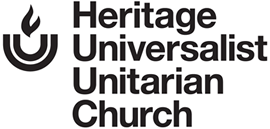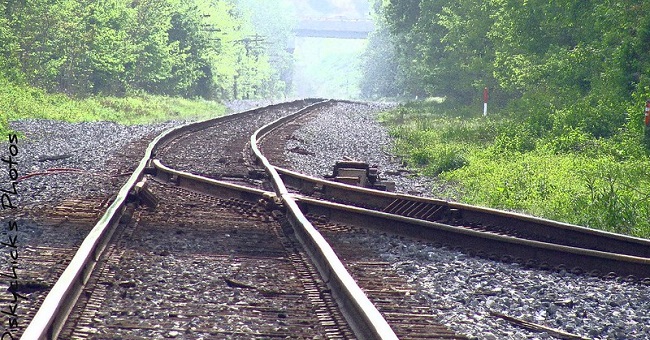by Mike Roberts, Church Historian
In May 1961, the Unitarian and Universalist faiths united to become the UU church we know today. In an attempt to encourage financial support for improvement programs, the Universalist side of the merger started a program called “The Road from Union Junction.” A pamphlet was published to inform members of the goals of the program. Here are excerpts from that brochure which give us a better understanding of our Unitarian and Universalist roots and the problems faced by this new partnership.
The opening statement was made by UUA Vice President Philip Randall Giles who was also the former General Superintendent of the Universalist Church of America.
Universalism today has arrived at Union Junction, the place where the tracks of our faith and of Unitarianism meet, join and go on together. As of May 1961, we are one denomination, with more members and greater opportunities. But the roadbed and the rails ahead are still not strong enough for the job.
Unitarians, through their Development Fund, are strengthening their part of our new structure. Now Universalists must accept their own liberal share.
It is you who have asked your church to serve you in many ways. We can and we shall give you this service—if now you will give to the Universalist Development Program the concrete and generous support it needs.
The pamphlet then spelled out what needed to be done starting with the areas of Leading and Learning.
Our need for ministers is desperate—25 churches with empty pulpits, 39 others dormant. And only 12 new Universalist ministers in the past three years! To recruit candidates, the Development Program will make possible the appointment of a specialist, scholarships, and training of candidates from other denominations. Other funds will be used to improve the ministers’ inadequate pensions.
Our religious education programs for adults and children need to have their influence and impact assessed, and the Development Program will provide for much-needed comparative studies of children and young adults who have received our training; religious education films and new books; and special work at theology schools. For the ministry and for education, we need $305,000.
The fund-raising effort then focused on “The World’s Urgent Needs.”
Professionally-trained volunteers are indispensable to the denomination’s Service Program. With more funds for their travel costs, we could put volunteers in many more places of need. The Development Program will also enable theology students and ministers to serve overseas when they wish this experience before returning to parish duties.
In addition to a full-time field worker who can be assigned anywhere, the Program plans to give specific aid to ongoing service programs—improvements at Jordan Neighborhood House in Suffolk, Va.; development of a social welfare center in India; new buildings for the medical clinic in Japan; a program director at Darrow-Ryder Center, Chicago.
These proposals fall far short of meeting the full needs of the Service Program, but $100,000 will do much to help in many ways.
Next, the leadership asked for assistance in creating “New Life for Churches.”
Our lack of resources has made it impossible to help churches to undertake building programs. In some instances, this has resulted in membership decline and apathy. The Development Program will set up a fund of $150,000 with which to guarantee bank loans for capital improvements.
We must also help struggling churches to gain new members. A revitalization program demands professional staff to guide such efforts as neighborhood mailings designed to discover potential members; information packets for use with people who may join the church; pilot studies in the techniques of rebuilding membership; and full-scale programs utilizing skills learned in pilot efforts.
The total cost—building loans and revitalization—is $400,000.
The final area to be addressed was “Building the Church of the Future.”
There are thousands who yearn for a faith which can be reconciled with the intellect. If we are to spread knowledge of our faith, we must make sure that our members themselves are informed about their denomination. The Development Program will provide professional quality informational materials aimed at those within the denomination and at those who would join us if they knew about us.
If our new denomination is to expand, we must know directions and trends. The Program will make possible a study of people and geography, projected into the future, so that we can know where our future members will be found. With fore-knowledge, we can buy land advantageously for our future local churches.
The demographic study and the informational services will cost $390,000.
How well did the church achieve these lofty goals? A booklet published by the UU Association in 1975 would seem to indicate that some success was achieved. 1) A $50,000 fund for scholarships for ministerial training had been established. Also, a $150,000 benefits package for ministers had been funded; 2) Ten multi-media curriculum packets for RE instruction had been written and a Social Action Clearing House established. 3) Leadership training institutes were being offered. 4) A loan program was instituted to fund churches looking to build, remodel or refinance. This fund was limited to churches that exhibited the potential for growth.
Image: Railroad tracks merging.
Image courtesy of Susan via Flickr.

